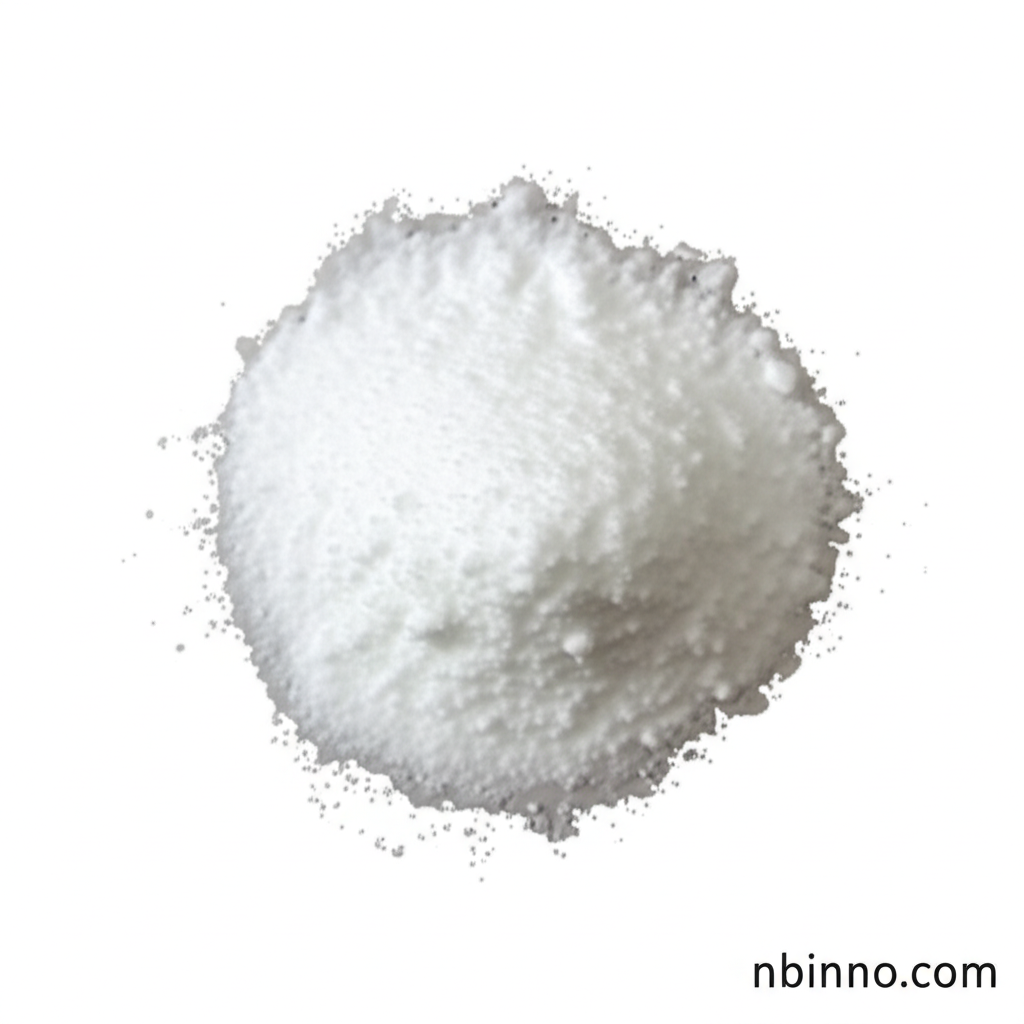Sulfamerazine: Your Guide to This Potent Antibiotic
Discover the effectiveness and applications of Sulfamerazine in combating bacterial infections.
Get a Quote & SampleProduct Core Value

Sulfamerazine
Sulfamerazine is a vital bacteriostatic sulfonamide antibiotic renowned for its ability to inhibit bacterial folic acid synthesis. This mechanism targets dihydropteroate synthetase, a crucial enzyme in the bacterial metabolic pathway, effectively halting bacterial growth and replication. Its broad-spectrum activity makes it a valuable tool against a wide range of bacterial pathogens.
- Understanding the sulfamerazine antibiotic mechanism of action is key to its effective therapeutic use. It acts as a competitive inhibitor of dihydropteroate synthetase.
- Explore what sulfamerazine is used for, including its application in treating various bacterial infections due to its broad-spectrum efficacy.
- Learn about sulfamerazine side effects and interactions to ensure safe and effective patient management when using this pharmaceutical.
- Discover how to use sulfamerazine effectively by adhering to prescribed dosages and treatment durations to maximize therapeutic outcomes.
Key Advantages
Broad-Spectrum Efficacy
Sulfamerazine demonstrates broad-spectrum antibacterial activity, proving effective against numerous Gram-positive and Gram-negative bacteria, making it a versatile option in treating various infections.
Targeted Mechanism
Its precise mechanism of inhibiting folic acid synthesis through dihydropteroate synthetase ensures targeted action against bacteria, minimizing impact on host cells.
Proven Therapeutic Use
With a history of effective use, Sulfamerazine remains a reliable choice for treating conditions such as pneumonia and erysipelas, offering faster absorption and potentially lower toxicity.
Key Applications
Bacterial Infection Treatment
Used to treat a variety of bacterial infections, offering a potent bacteriostatic effect. Understanding what sulfamerazine is used for is crucial for appropriate clinical application.
Pneumonia and Erysipelas Management
Specifically noted for its effectiveness in treating respiratory infections like pneumonia and skin infections like erysipelas.
Folic Acid Synthesis Inhibition
Its core function as a folic acid synthesis inhibitor makes it valuable in targeting metabolic pathways essential for bacterial survival.
Pharmaceutical Raw Material
Serves as a critical pharmaceutical raw material for the formulation of various antibacterial medications, highlighting its importance in the healthcare supply chain.
